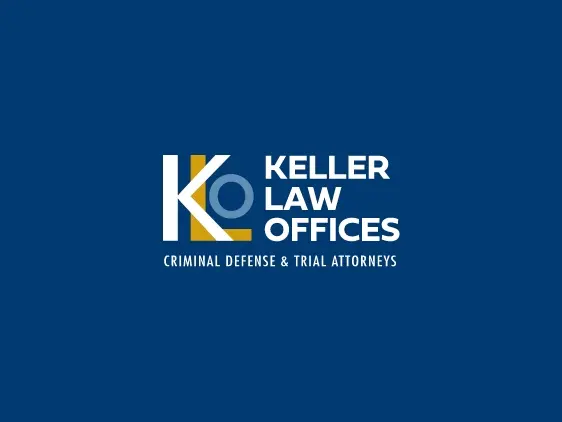Minnesota utilizes specialized courts to hear cases involving drug crimes. Every few years, the state conducts an audit of the entire program to measure its effectiveness. The results of that audit are discussed here.
Overview of the Drug Court
The Drug Court rose to prominence in the mid-2000s. By 2007, it had 27 operational drug courts covering one-third of Minnesota counties. The Drug Court specializes in trying and convicting drug offenders. Its judges understand the nature of drug crimes and the role that addiction plays. The goal is to create an alternative punishment method to reduce recidivism and keep drug offenders out of prison.
The Audit
The audit compared the Drug Court with a “comparison court” to measure its effectiveness.
Recidivism is the rate at which people re-offend after being convicted. If there is a high recidivism rate, then there are more repeat criminals. The Drug Court has a recidivism rate of 26 percent after two and one-half years versus 41 percent for traditional courts. After two-and-a-half years, it is widely believed that most people avoid criminal behavior altogether. This statistically significant result indicates that the Drug Court’s methods are effective at keeping people out of prison.
Drug Court Success Rates
The Drug Court is a give-and-take program. Individuals must apply into the program, be accepted and then complete the rehabilitation process. Individuals move through the program in a series of steps. Each program is tailored to fit an individual’s history and needs, usually a combination of therapy, classes, and tests.
The Drug Court is rigorous. The median graduation rate was only 54 percent. The Drug Court could improve the graduation rate, however, there is also the argument that the Drug Court is a privilege – not a right – people must earn the right to be in the program. Without that dedication, it is possible the rehabilitative aspects of the Drug Court may be unsuccessful.
Cost to Society
The objective of these programs is to reduce the cost to society. Unfortunately, the budget was cut therefore a cost-benefit analysis was not possible. However, the evaluators did measure the literal savings through reduced prison sentences, recidivism, and time in jails.
The evaluators found that, over two and one-half years, the average cost of a Drug Court participant was $3,189 less than traditional inmates. Overall, the costs of a Drug Court participant are significantly lower than holding people in prisons or jails.






